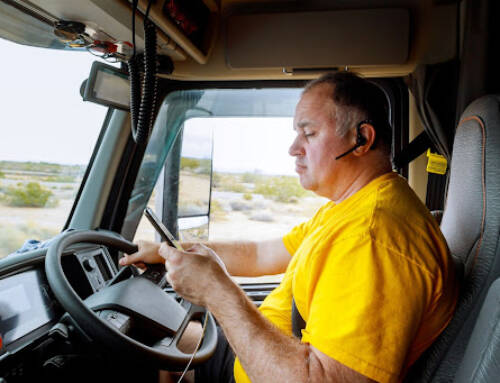
These days, it’s hard to ignore the ever-increasing presence of both automated manual transmissions (AMTs) and fully-automatic gearboxes in our industry. In fact, it could even lead a driver to think that the manual transmission is living on borrowed time and on its way out the door (or should we say exit lane)?
At TQM Logistics, we provide employment opportunities like CDL jobs for drivers in Maryland, plus information, resources, and industry news for truckers around the globe who want to learn more about their profession. Let’s examine the rise in popularity of automatic transmissions, how they compare to manual transmissions, and what this all means for our industry.
The New Wave of Trucking?
While many industry experts and even some manufacturers have described automatic transmissions as the new wave of trucking, it’s not necessarily true. In fact, manual transmissions make up approximately 50% of the Class 8 market here in North America. And it makes sense — they’re still a reliable and cost-effective means of transportation for many companies and drivers.
Still, there’s no denying the apparent shift toward automatic. Over time, the overall number of manual transmissions on the road will decline as fleets begin to transition to ATMs and fully-automatics. However, the bottom line is that automated transmissions won’t be completely replacing manual ones any time soon.
Why Automatic?
While manual transmissions might be the tried and true method of delivery in our industry, automated transmissions have plenty of advantages to offer drivers. For starters, they can get better fuel economy. According to a study done by the National Highway Traffic Safety Administration, 10-speed automatic manual transmissions had increased fuel efficiency by 5 to 9 percent when compared with their 10-speed manual counterparts. With fuel efficiency technology like this, it presents enormous benefits like reduced overall costs and even less necessary maintenance.
Automated transmissions can also be safer for beginner drivers who have less experience behind the wheel. Since executing the shifting patterns with manual transmissions can take time to learn and be complicated for new drivers, it can cause them to take their eyes off the road which creates dangerous conditions. Automated transmissions can help to reduce that worry.
Personal Preference
Ultimately, the decision to go automated or not comes down to a driver’s personal preference. Not everyone will buy into the trucking industry’s “new wave” of automated and fully-automatic transmissions. There will always be drivers out there who just prefer to shift.
In our next blog, we’ll take a deeper dive into this issue and take a look at the pros and cons of each, and what they mean for drivers. For more information, or if you’re interested in a CDL driver job in Massachusetts, call us today at 866-823-4519.








